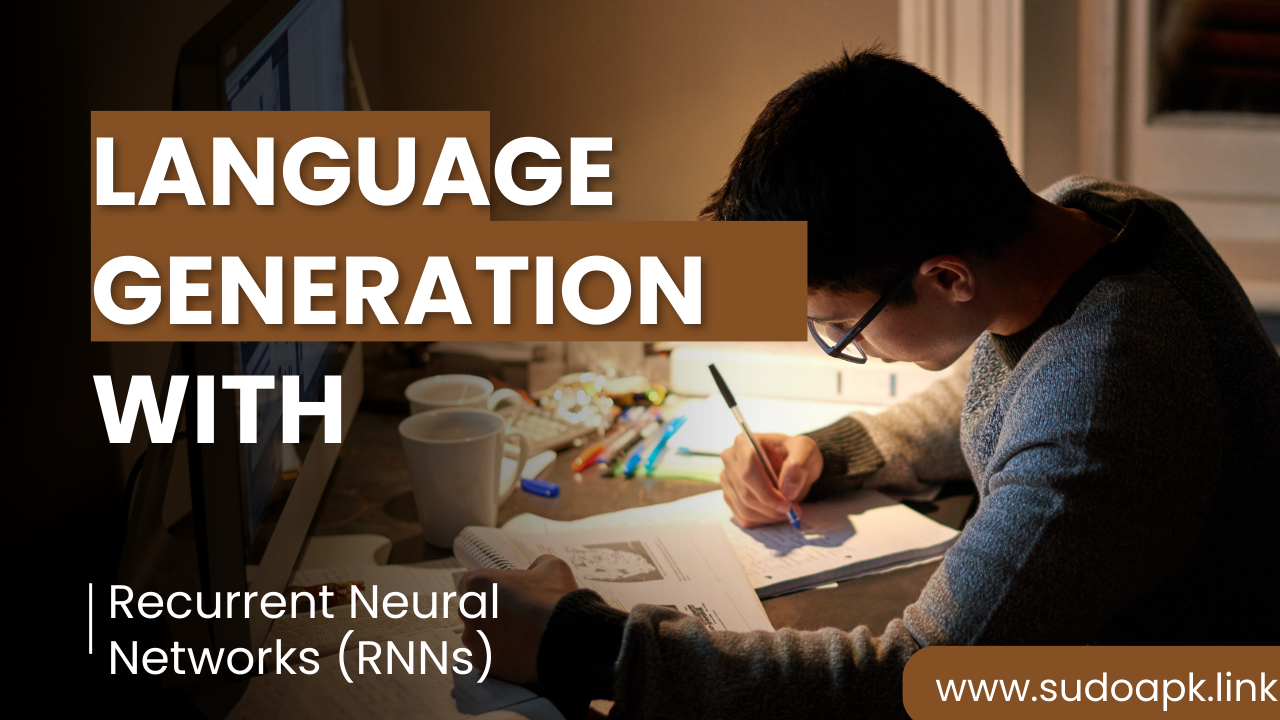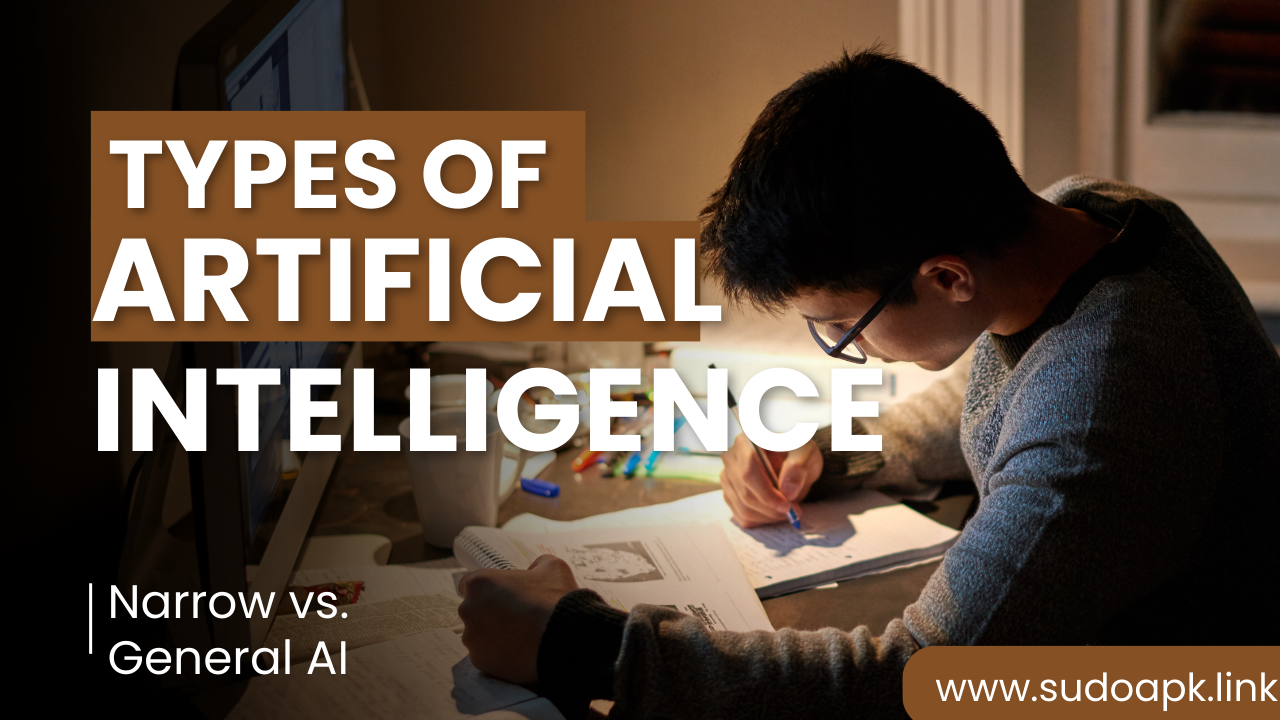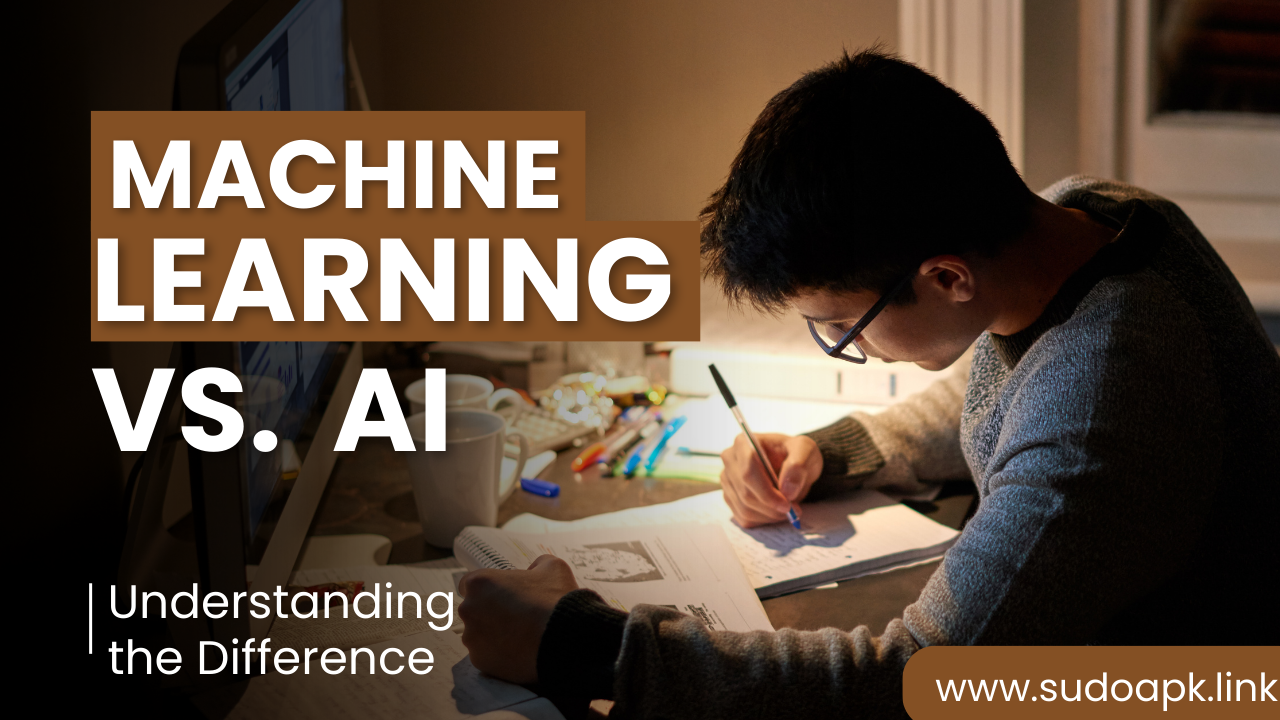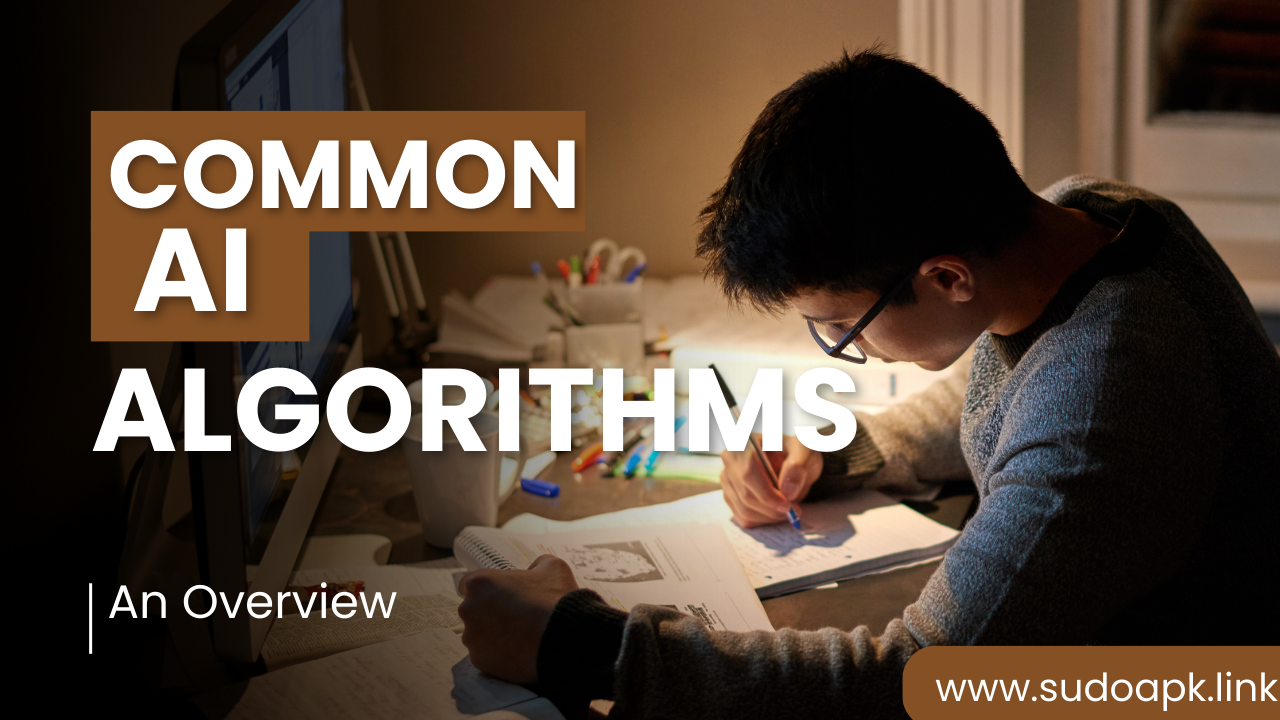

Language Generation with Recurrent Neural Networks (RNNs)
Recurrent neural networks (RNNs) refer to a specialized neural network architecture well-suited for natural language processing focused specifically on tasks involving sequence prediction such as language translation, text generation, speech recognition and time series forecasting.
In this comprehensive guide, we will provide an overview of RNN architectures for language generation applications spanning text, speech and other temporal use cases along with training methodology, major innovations, sample implementations and adoption outlook.
Introduction to Recurrent Neural Networks
Recurrent nets handle input sequences by processing each timestep through a recurrent cell unlike feedforward networks. This recursion allows retaining memory useful for tasks dependent on contextual history like generating natural language where new words depend intricately on previous words. Architectural innovations like LSTMs overcome early limitations enabling versatile applications today.
We will focus specifically on text generation in this guide given proliferating usage scenarios across conversational systems, creative interfaces and information retrieval. Let's analyze RNN training first.
Training RNNs for Text Generation
Typical supervised training relies on maximizing likelihood where RNN develops statistical representations:
Predict Next Token
Given sequence "Hello worl...", train to predict "d" as the next word by modeling transitional probabilities using encoded patterns in prior words through backpropagation and gradient descent.
Retain Long-Term Dependencies
RNN encodes order dynamics and long-range correlations in data by updating memory cell states sequentially useful for multi-turn context. Gates and specialized cells tackle early vanishing gradient issues.
Model Textual Concepts
Internal weight matrices transform input layer word vectors capturing similarities between terms over training corpus into feature spaces distinguishing language constructs and semantics required for coherent rendering.
These objectives tune RNNs into robust language models usable across text generation tasks that we will explore next with sample architectures.
RNN Architectures for Text Generation
Let's analyze two key variants:
Long Short-Term Memory Networks
The addition of memory cells with control gates in LSTMs enables both remembering long term patterns and emphasizing recent signals selectively overcoming basic RNN decay aiding complex temporal modeling for vision, NLP and time series across applications like caption generation, chatbots and predictive analytics.
Gated Recurrent Units
Simpler than LSTMs with fewer parameters, GRUs merge cell state and hidden state using dedicated update and reset gates improving training speed and balancing short term and persistent memory for efficient speech applications and software libraries like Keras often employ GRUs given rapid iteration capability.
Both find ubiquitous usage given specialized optimization benefits detailed next.
Specialized RNN Architectures
Additional architectures enhance specific aspects:
Bidirectional RNNs
Processing sequence both backward and forward using two separate hidden layers provides full context to the network combining past and future temporal dependencies improving sequence labeling tasks like named entity recognition and anomaly detection where complete signal history bears relevance.
Stacked RNNs
Layering multiple RNNs sequentially enables hierarchical representation learning allowing deeper feature extraction useful for highly complex sequence problems like video activity recognition and machine translation where deeper semantics arise from building intermediate concepts.
Attention Mechanism
Deriving contextual representations dynamically focusing on relevant parts of input and history using self-supervised mini-models over time steps extract signals from noisy sequences improving results on language translation, text summarization and recommendation systems where fine-grained salience matters.
Together these expanding architectures enable handlers for increasingly complex language generation opportunities across purpose-built applications we will analyze next.
Key Application Areas Leveraging RNN Text Generation
Recurrent nets produce or improve text across domains:
Creative Writing
RNNs trained on genre corpus can auto-generate poetry, lyrics, names and even fantasy content like recipes for new magical items as recurrent connections mimic creative leaps through conceptual blending of token sequences.
Conversational Bots
Goal-oriented dialog agents use decoder RNNs for outputting natural responses conditioned on conversation history representations from encoder RNN tracking semantics and prior queries for contextual chat assisting customer service and voice assistants.
Article Generation
Sports result descriptions, earnings report drafting and Wikipedia draft creation automate using RNNs by ingesting structured data or event markers as conditional input for sequence predictions based on domain vocabulary learned through language modeling enabling customizable text automation.
Text Style Transfer
Disentanglement techniques train RNN decoders for particular writing traits like sentiment polarity, tense or complexity on paired data allowing input text conversion across styles for assistive applications that simplify medical advice or product reviews by reducing reading difficulty through controllable generation.
Together these use cases benefit industries through tailored language production from conditional input signals. Next we will highlight core innovations that expand RNN generation capabilities even for subtle human language facets before analyzing adoption outlook.
Key Innovations Driving RNN Effectiveness
Several improvements enhance baseline RNN architectures:
Optimization Algorithms
Specialized stochastic gradient variant techniques like RMSProp, Adam and Adagrad adaptive learning rate adjustment improve optimization stability for noisy sequence problems over default stochastic gradient descent suites benefiting hidden state conditioning prediction tasks.
Activation Functions
Swish, GELUs and other self-gated activation units better model non-linearities in sequential behavior over simpler ReLU and sigmoid functions improving representation learning for temporal reasoning tasks across NLP, time series forecasting and music synthesis benefiting from richer encodings.
Regularization Methods
Hybrid techniques like recurrent dropout without memory loss, zoneout gradual gate updates and temporal activation regularization curb overfitting even for long input sequences better than dropout alone managing stability-plasticity balance enabling sustained RNN adoption.
Pre-training Methods
Contextual word representations from large-scale language modeling tasks allow LSTM transfer learning for downstream domain generation use cases like conversational agents using just small amounts of domain-specific finetuning data to achieve strong bias reduction and customization.
Ongoing interdisciplinary research across areas like ethics, cognitive science, mathematics and linguistics identifies further improvements that shape the roadmap next.
The Road Ahead for Recurrent Nets and Text Generation
Multiple innovations likely expand RNN usefulness:
Multimodal Fusion
Joint video, audio and sensor signal modeling tightly coupled using merged RNNs provides more contextual grounding to text generation improving descriptive quality useful for image captioning and human-robot teaming communications.
Theory-Inspired Techniques
Cognitive architectures based linguistic models blending semantics, episodic memory payoffs and compositionality principles guide RNN design to higher reasoning fidelity over pure statistical fitting for explainable narrative storytelling and non-fiction generation.
Ethical Frameworks
Hybrid techniques blending rule-based constraints, reinforcement learning goals and seq2seq models allow value-aligned text generation helpful for creative tools mitigating risks like embedded bias and misinformation spread through proactive technique design.
Efficiency Improvements
Quantization, weight sparsity and distillation optimization enable on-device RNN execution removing cloud dependencies improving latency, privacy and reliability for applications like predictive keyboard and smart replies tailored to personal language patterns beyond offline training.
In summary, RNNs will continue demonstrating state-of-the-art results on temporal sequence modeling benefiting global progress through leading examples while pursuing safety.
Key Takeaways on RNNs for Text Generation
- Recurrent nets handle sequential data effectively by processing inputs recursively allowing retention of long-term patterns useful for context-based text generation.
- Architectural innovations like LSTMs, attention layers and pre-training overcome limitations on gradient decay, interpretability and customization suiting modern applications.
- Text generation use cases span conversational agents, domain-specific report drafting, creative tools for writers and style transfer systems enabling personalized and inclusive experiences.
- Advances in cognitive grounding, theory-inspired design, ethical principles and efficiency engineering further improve RNN results across sequence applications responsibly.
In summary, recurrent networks provide versatile building blocks for end-to-end language generation complementary to other techniques powering applications across entertainment, creativity, accessibility and descriptive analytics through sustained research.
Frequently Asked Questions on RNNs for NLP
Q: How do RNN remember prior context in text generation?
Past context gets retained through hidden state vector values propagated recurrently across time steps allowing previous sequence signals to influence predictions, useful for language where new words depend highly on previous words based on syntax and semantics.
Q: What are Vanishing Gradients in RNNs?
Basic RNN backpropagation over many recurrent cycles causes gradient values to shrink exponentially hampering model convergence and hindering long-term context retention unlike humans. LSTM gated memory cells overcame this key limitation successfully.
Q: What role does attention play in RNN text generation?
Attention layers allow focusing dynamically on relevant words, phrases or sentences in input text most representative of desired output context improving coherence, accuracy and generalization capability over purely sequential attentional processing for language production.
Q: How do RNN encoders and decoders enable translation?
Dual RNN framework encodes source sentences into fixed-length vector representation capturing semantics and language dynamics, which the decoder net then operates on for sequential text generation in target language based on meanings allowing machine translation and style transfer benefiting from the encoding.
Q: Why does pre-training help text generation?
Language modeling through pre-training on large general corpus extracts good word representations and concept associations transferable to downstream task-specific text generation across domains reducing overfitting and exposure bias issues allowing customization with limited labeled data.
In summary, RNN unique sequential processing capability enables modeling temporal dependencies crucial for language tasks benefitting applications like assistive writing tools, conversational systems and document translation through sustained research improving performance.
Popular articles

Dec 31, 2023 07:04 AM

Dec 31, 2023 06:48 AM

Dec 31, 2023 07:12 AM

Dec 31, 2023 07:22 AM

Dec 31, 2023 07:17 AM
Comments (0)